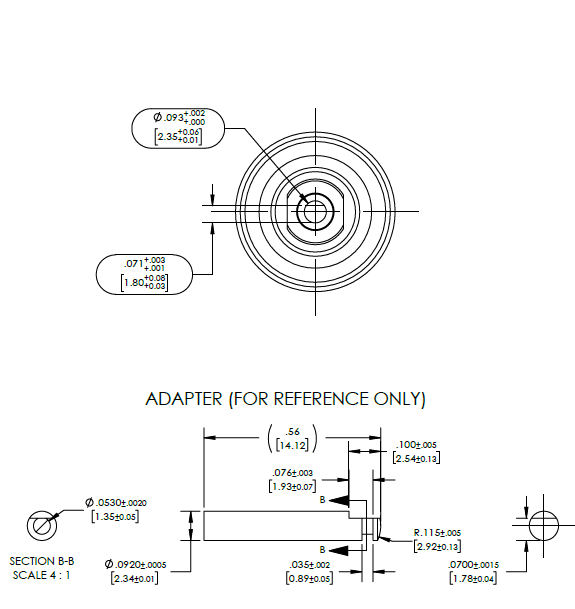aehernan88
Mechanical
- Jul 26, 2019
- 6
I am new to stack-up analysis and need some help for a simple calculation. It is for the connection between the two parts shown below. For the coupling those are the only two dimensions that are defined, so we are only concerned about the two corresponding dimensions on the Adapter. Can someone please show me how to perform this calculation?
Thank you in advance.

Thank you in advance.

